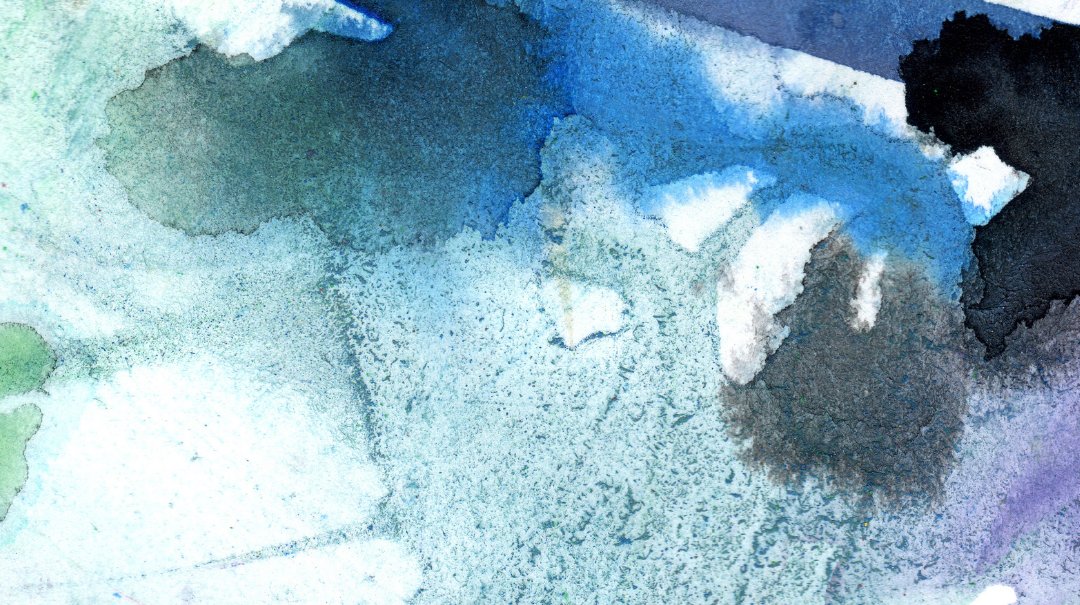Episode 6: Bound to Feel Bad: Attachment, Shame, and the Brain

Listen in to hear Melissa, Bridger and Caleb continue their discussion on the intersectionality between anthropology and neurobiology as well as the embodied difference between guilt and shame.
Today, we are looking at a quantitative article, which uses numbers to measure samples or variables. If you haven’t already, check out our previous episode.
Article title:
Bound to feel bad about oneself: Relations between attachment and the self-conscious emotions of guilt and shame in children and adolescents (Muris et al., 2014) Link to abstract here.
- Most therapists are probably more comfortable with reading research that is qualitative rather than quantitative because we live in story.
- Qualitative data helps elucidate and deepen our understanding of qualitative research.
- Vigorous research has a lot of rigidity, which can allow us to compare variables that we may not be able to otherwise.
Overview:
- These researchers set out to compare a clinical sample (type of trauma and type of attachment style) and a non-clinical sample (control).
- Large control group and smaller experimental group.
- It used two different types of measurements.
- It was unable to differentiate between avoidant, ambivalent and disorganized attachment.
- Ambivalent/Preoccupied and Avoidant/Dismissive
- Relying on accuracy of self-reporting of shame was one of the limitations in the article.
- Two levels of self-report: attachment styles and experience of shame. The way they interpreted shame, seemed to have a lot less room of error.
- According to Dan Brown and David Elliot, by 18-24 months, our attachment styles are mostly embedded and solidified.
First study:
- 668 children ages 9-13 from 6 different schools in the Netherlands.
Second study:
- The clinical population of children with severe externalism.
Statistical Measurement Tests
- ANOVA- Analysis of Variance is used when one wants to measure a characteristic across three different groups. Then, there are also two variables. So, three domains/measures of instruments and the effects the variables have on each one. So then, we would be measuring guilt and shame across the variables of attachment styles: dismissive, ambivalent and secure.
- ANCOVA- Analysis of Covariance is used when there’s an extraneous variable that potentially may affect the attachment styles, other than guilt and shame. In this case, the covariant would be gender. This is also used to control for the effects guilt has on shame and vice versa. This helps to not muddle guilt and shame.
Results:
- It was found that the clinical adolescence exhibited lower levels of self-conscious emotions as compared to non-clinical adolescence.
- This group of clinical adolescence, communication with parents and peers was associated with higher levels of self-conscious emotions and alienation. This sounds counterintuitive. However, when we know our internal needs and dysregulations are valid and are cared about by others, they’re more likely to share them. This opens up the opportunity for co-regulation.
- We have a negative connotation of the term “self-conscious” but they’re using it here as “self-aware”
- The clinical adolescence had lower levels of self-conscious emotions. The kids who were experiencing a fragmented/disintegrated mind were unable to engage the higher brain functions more frequently for self-reflection and sense of self.
- Because these children could not articulate their emotions verbally, they would come out in aggressive behaviors- somatic energy.
General Discussion section:
- Individuals with secure attachment are able to perceive experiences as relevant to their identity and are more inclined to experience self-conscious emotions, including maladaptive variance of guilt and shame (Muris et al., 2013).
- Identity-relevance: the experience of self-conscious emotions
- Maladaptive variance of guilt and shame- this indicates that there is, arguably, an adaptive variance of guilt and shame.
- The difference of feeling “I did something wrong” from “I am wrong.” These are the working differences of guilt and shame.
- Can there be adaptive versions of guilt and shame?
- Well, depends on who you ask.
- To make it a binary feels disingenuous because at one point the shameful fragment was adaptive but during this point in time may now be maladaptive.
- Possibly look at guilt, shame and the attachment variance as on a spectrum.
- My experience of myself, other and myself in relation to the world at large, both guilt and shame serve a specific function in these subsets. Maladaptive and adaptive have to be layered on and determined adaptive or maladaptive depending on the situation.
- The clinical population had lower levels of self-conscious emotions, does that mean that they don’t feel shame?
- They don’t feel empathy, which is what we believe they may have been measuring.
- The way we teach empathy to a child is almost impossible to not include a shaming element.
- Also, when we use overt shame to deter our young children’s unwanted behaviors.
- When they receive shame with no attunement, empathy may not occur.
- Those who have experienced trauma early in life and have had internalized experiences of shame, they have a more narrow understanding of who they are and who they can be vulnerable with.
- It does not mean that the clinical populations don’t have shame, they just lack the self-conscious component.
Guilt-free shame vs. Shame-free guilt
Shame-free guilt
- If one struggles to feel guilt then they will also struggle to feel empathy, one is almost a precursor to the other.
- Guilt helps us get along in social interactions when we can feel sensations as a result of our actions. This is helpful for us to get along with others in school and in social relationships as well as the fostering of intimate relationships later in life.
- The gut-check that helps sustain our social relationships without internalizing it.
Guilt-free shame
- We were taught that guilt was good and that shame was sometimes good and sometimes bad.
- In natural consequence of behavior, guilt can be a learning experience for repairing relationships.
- Overly-powerful and overly-used that produces unnatural consequences.
Takeaways:
- First, shame is more complex than good or bad.
- Recognize the fragmentation of our clients and their attachment style while saying “I understand and let’s do something different.”
- Lastly, in insecure presentations, you can expect fragmentation and shame.
Citation: Muris, P., Meesters, C., Cima, M. et al. Bound to Feel Bad About Oneself: Relations Between Attachment and the Self-conscious Emotions of Guilt and Shame in Children and Adolescents. J Child Fam Stud 23, 1278–1288 (2014). https://doi.org/10.1007/s10826-013-9817-z




No Comments